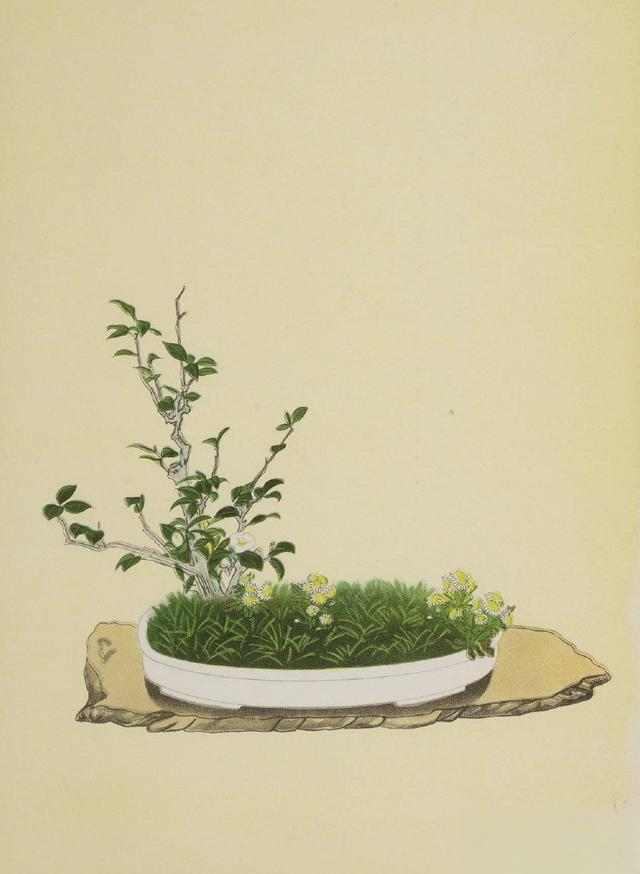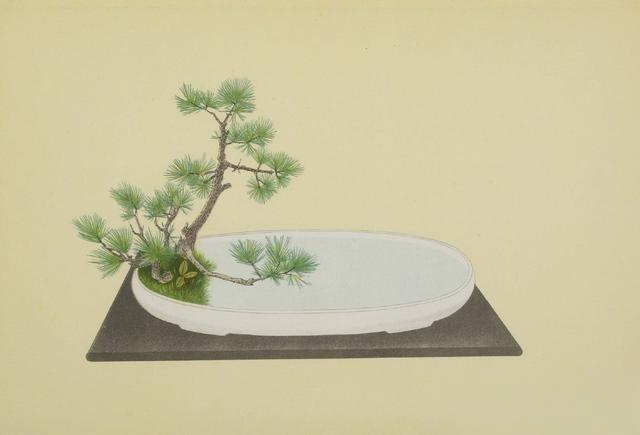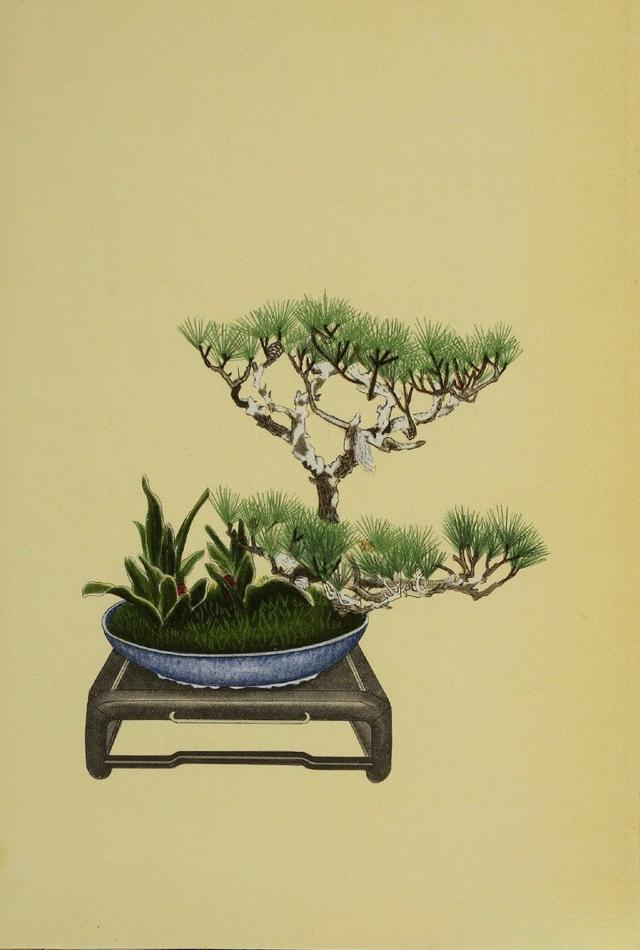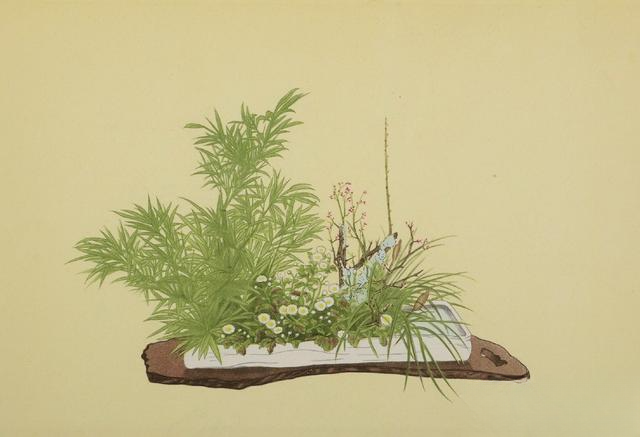Poetic and picturesque Chinese flower arrangement art
The Chinese nation has always been a nation that loves truth, kindness, and beauty. In the process of loving, appreciating, cultivating, and using flowers, we have developed a deep affection for them. We keep flowers as companions and regard them as intimate friends with life and spirituality. We know each other very well!
The flower arrangement style is deeply influenced by Confucianism, Taoism and Buddhism. It believes that all things have spirituality, advocates nature and advocates the unity of man and nature. It expresses feelings for flowers and trees, and gives them many symbols and meanings, so as to express aspirations, express emotions and expand interests.
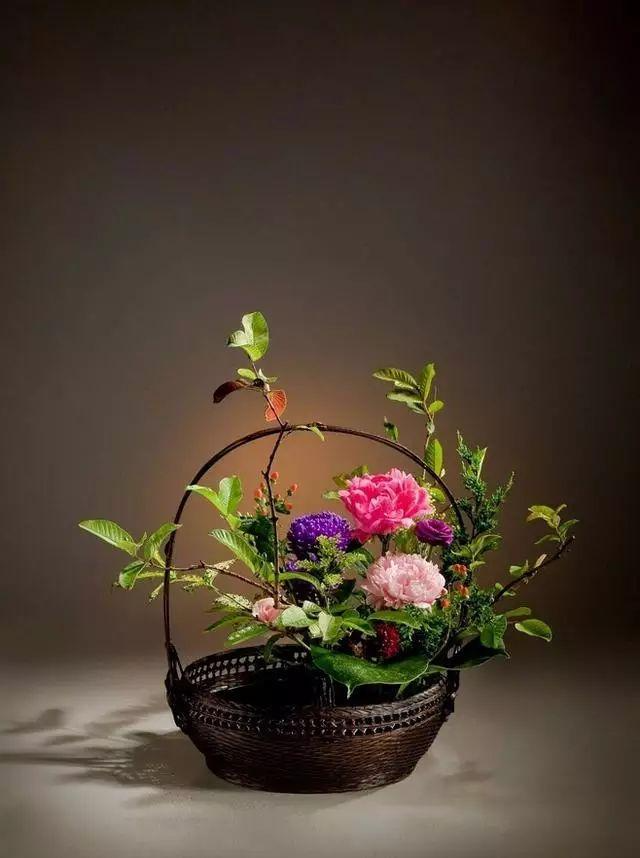
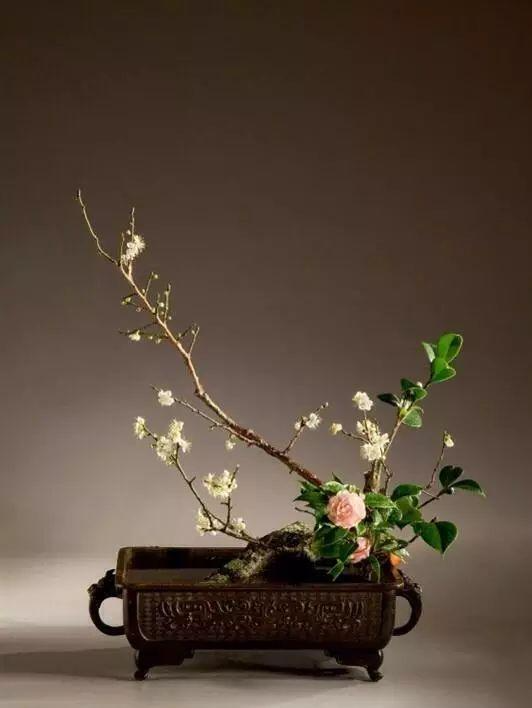
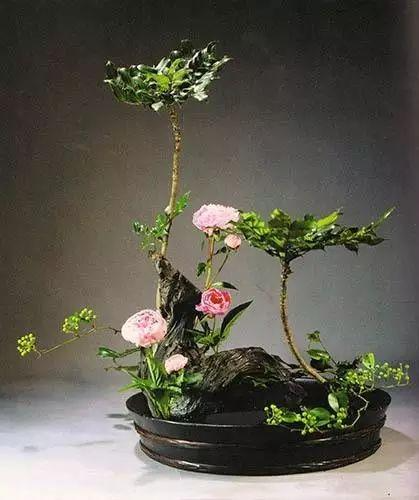
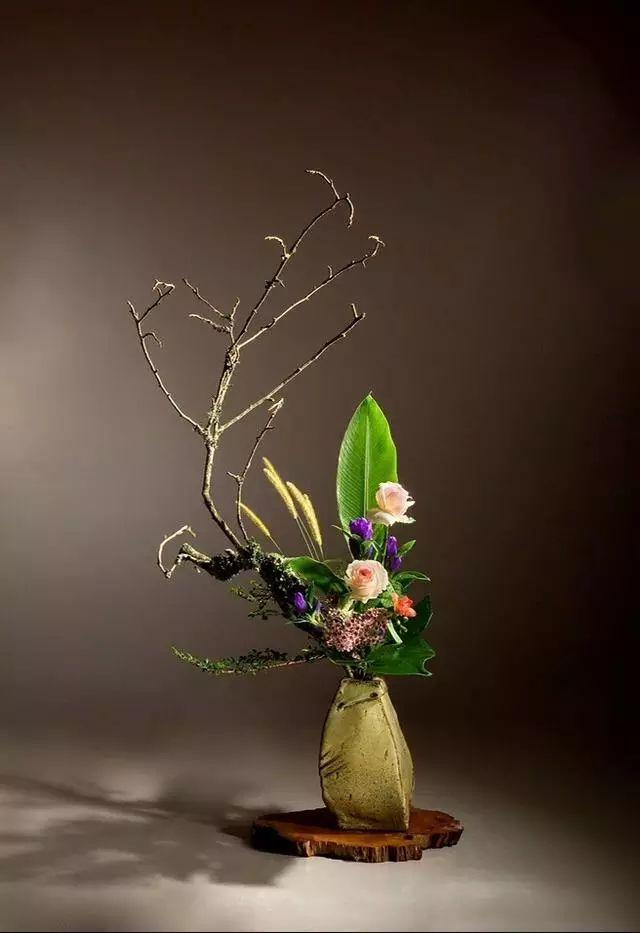
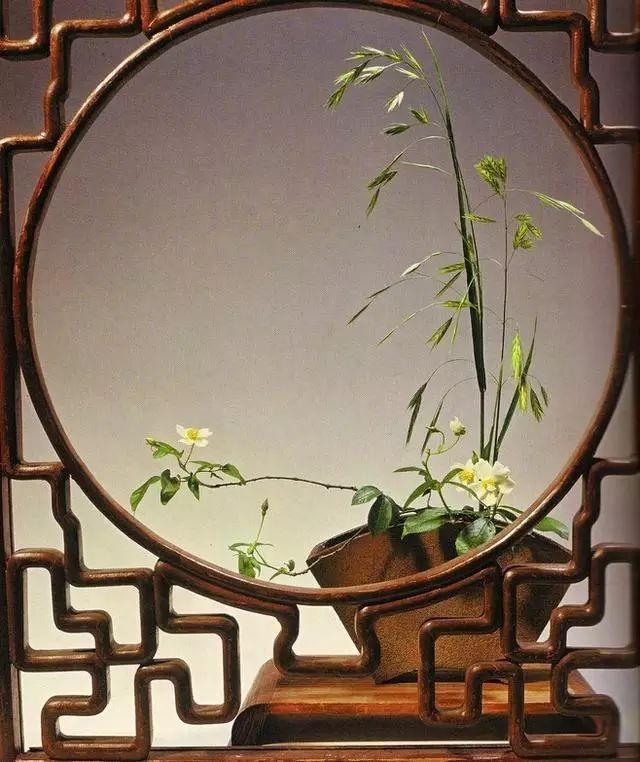
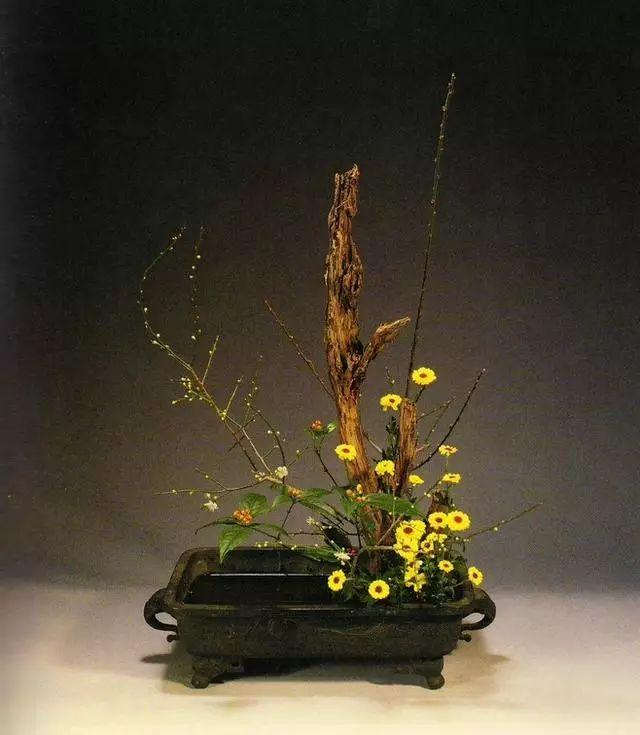
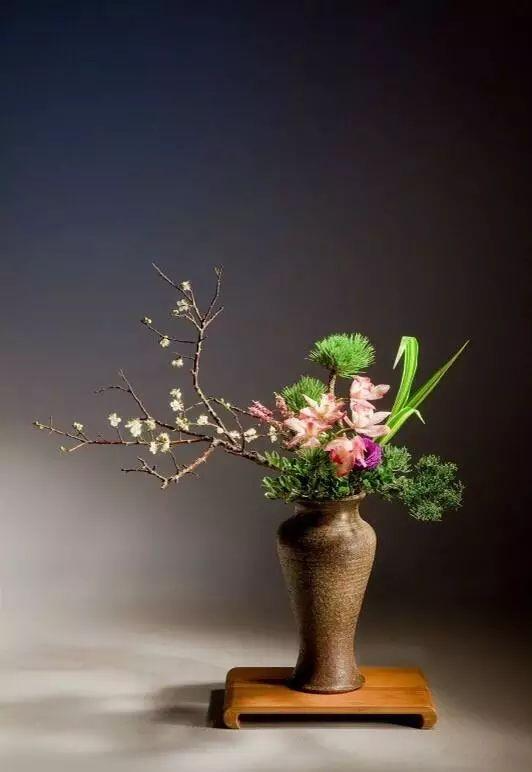
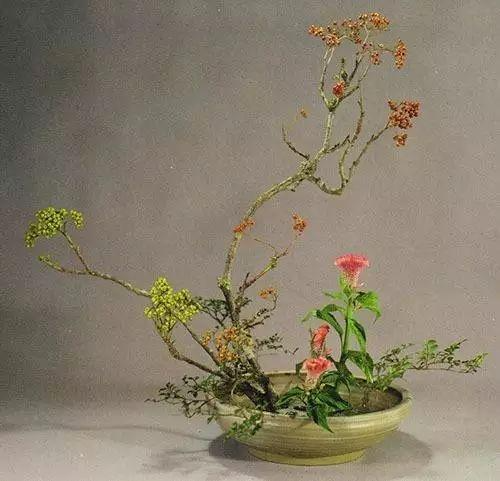
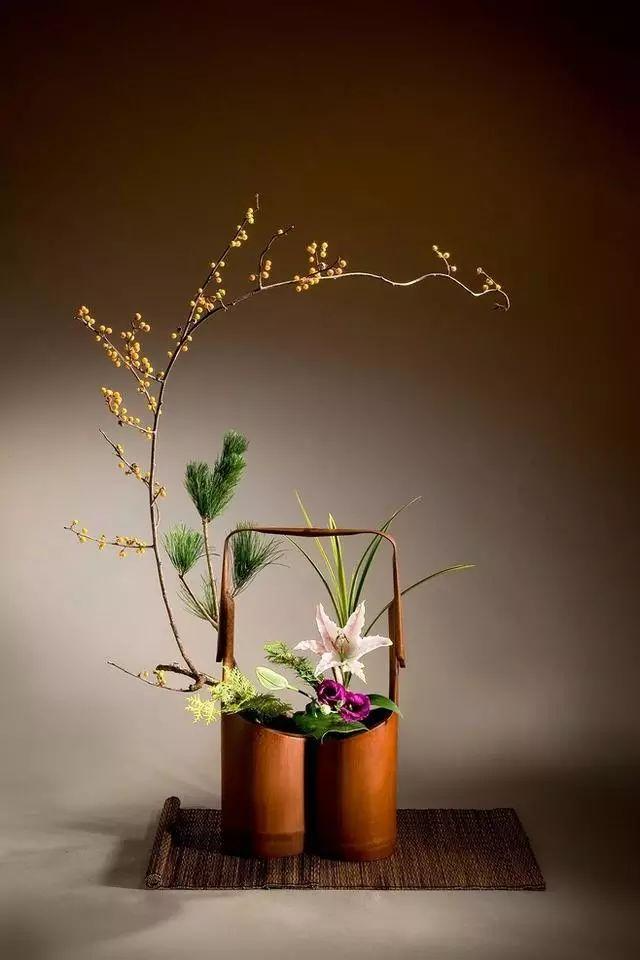
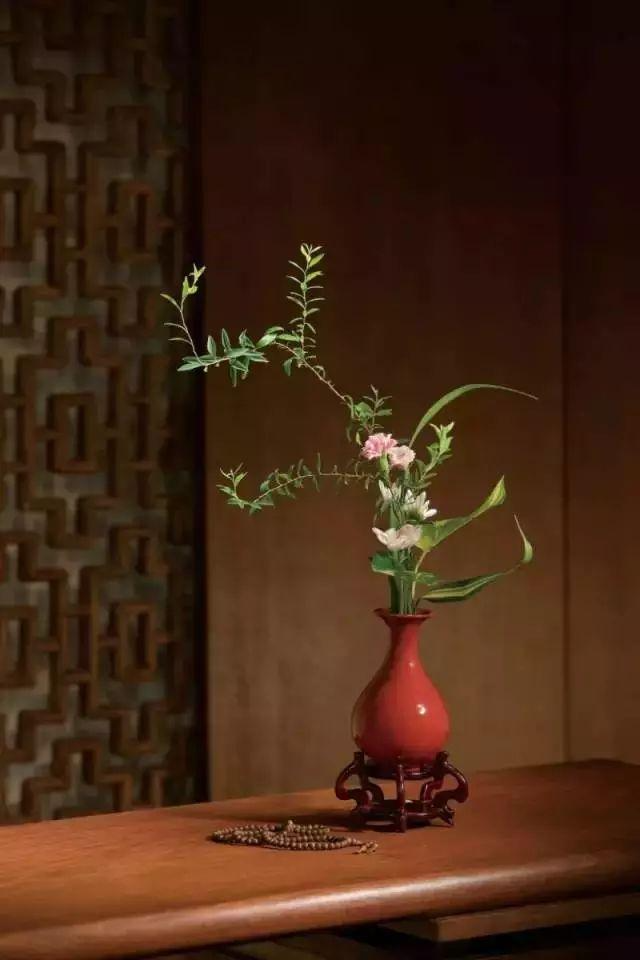
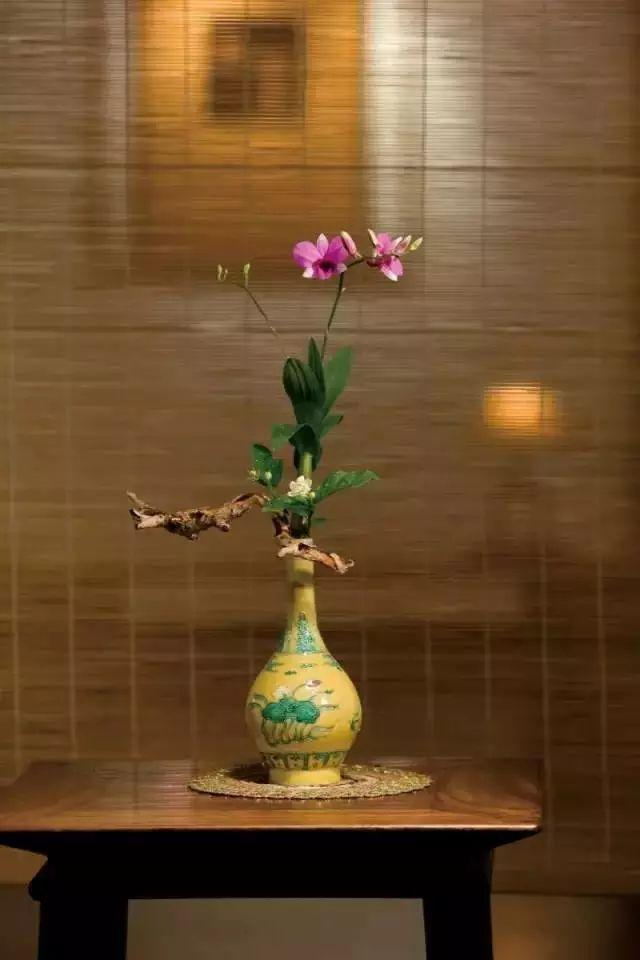
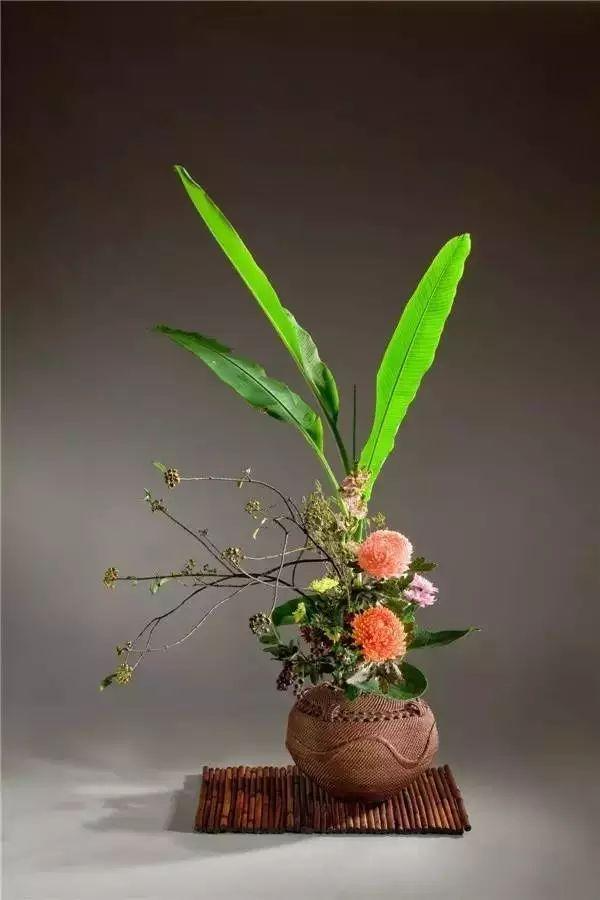
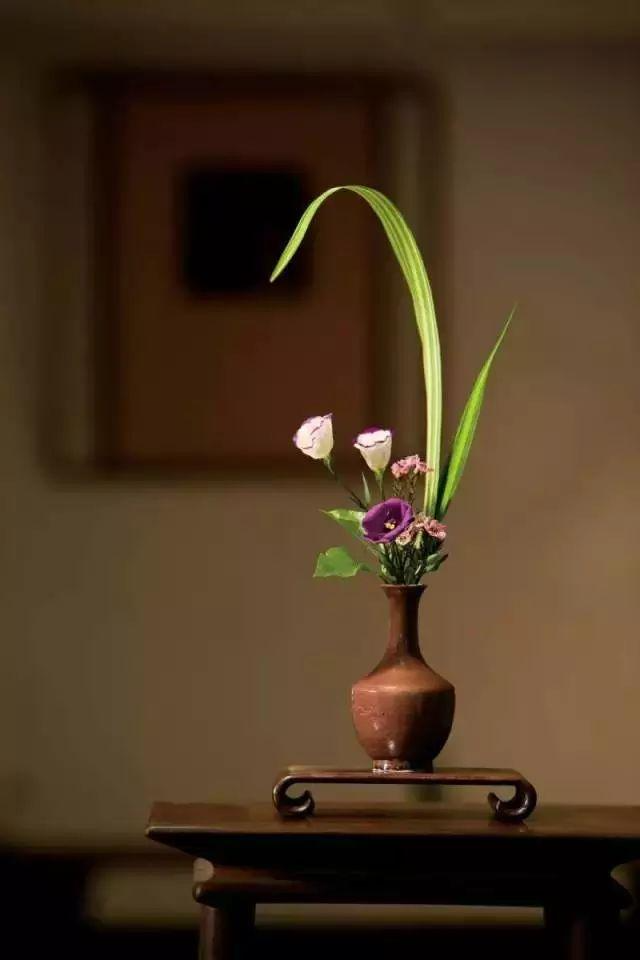
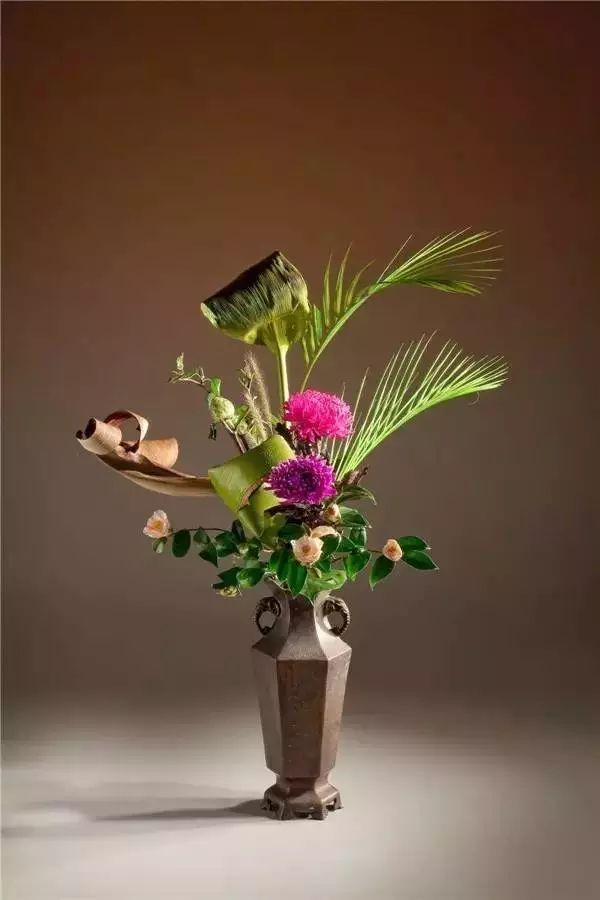
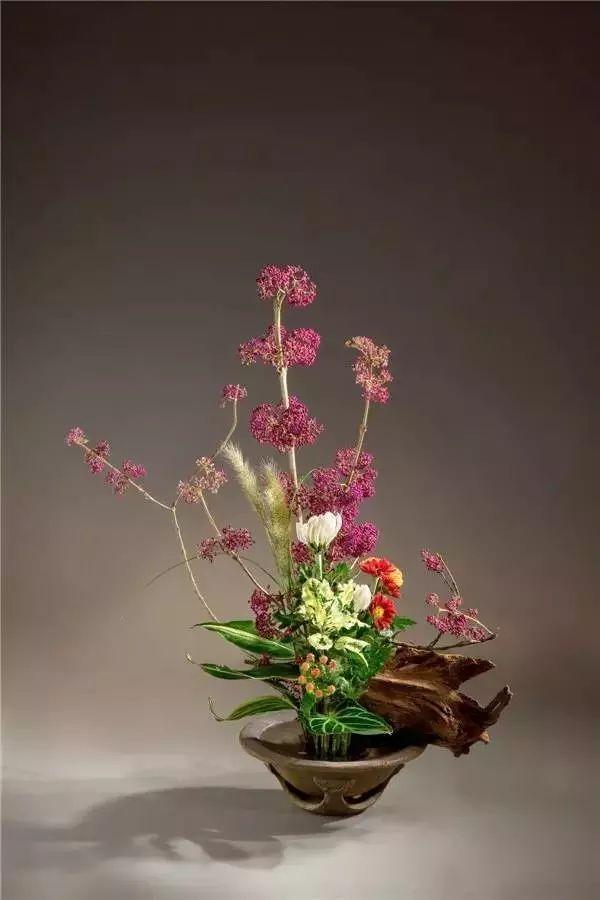
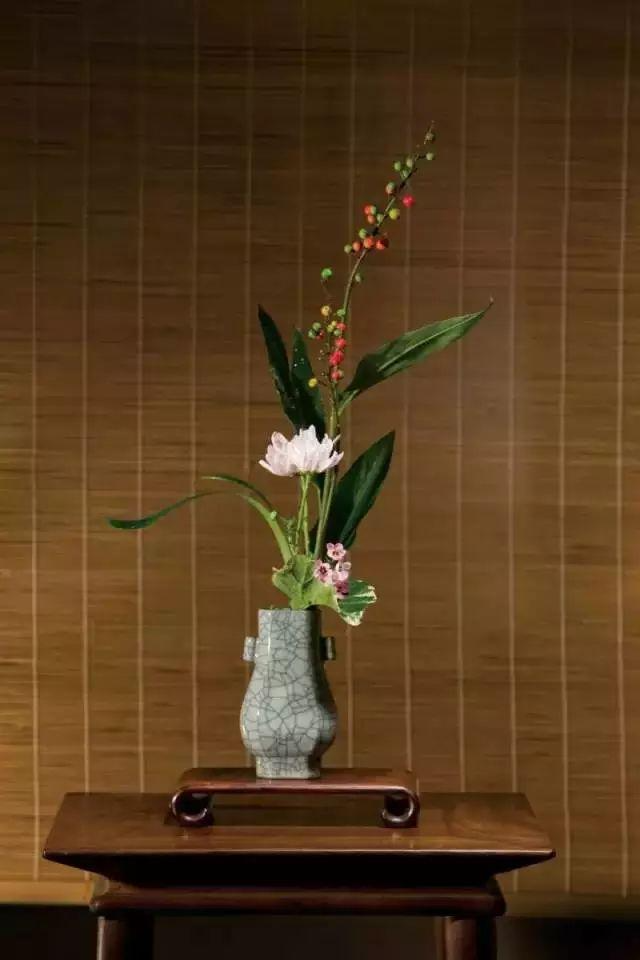
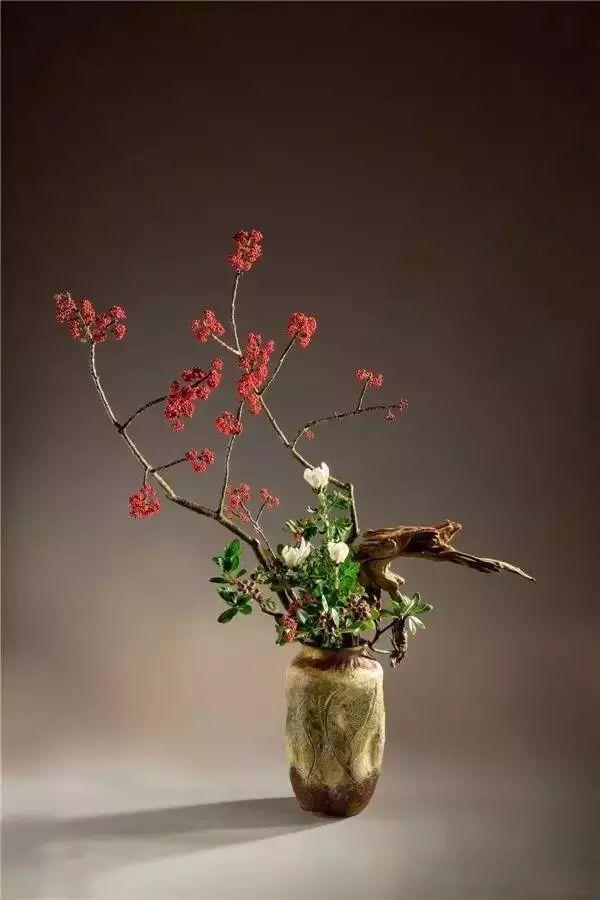
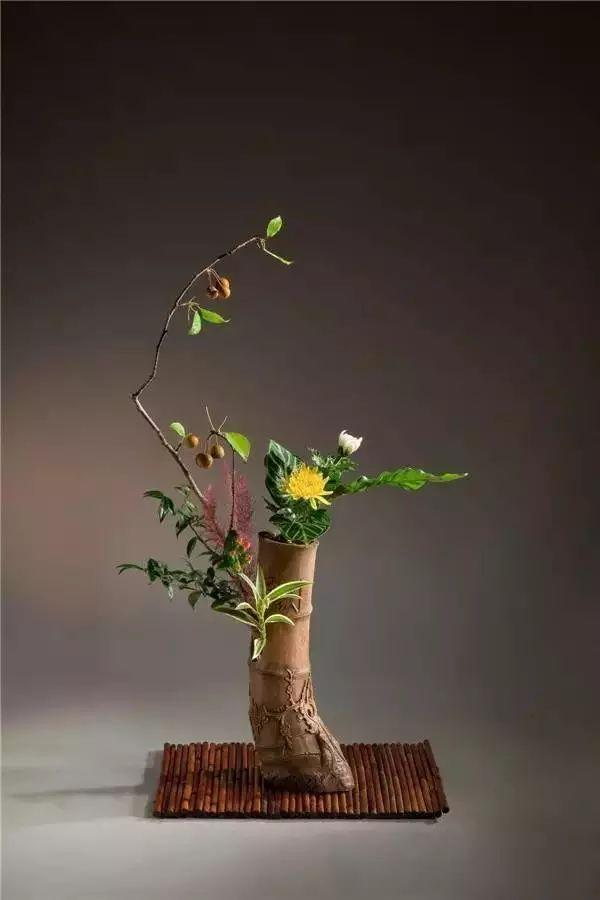
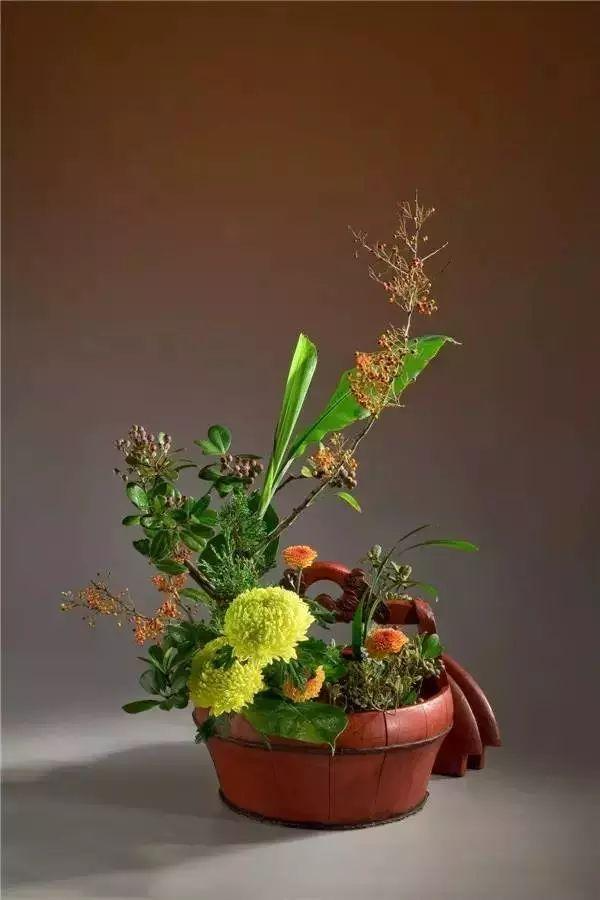
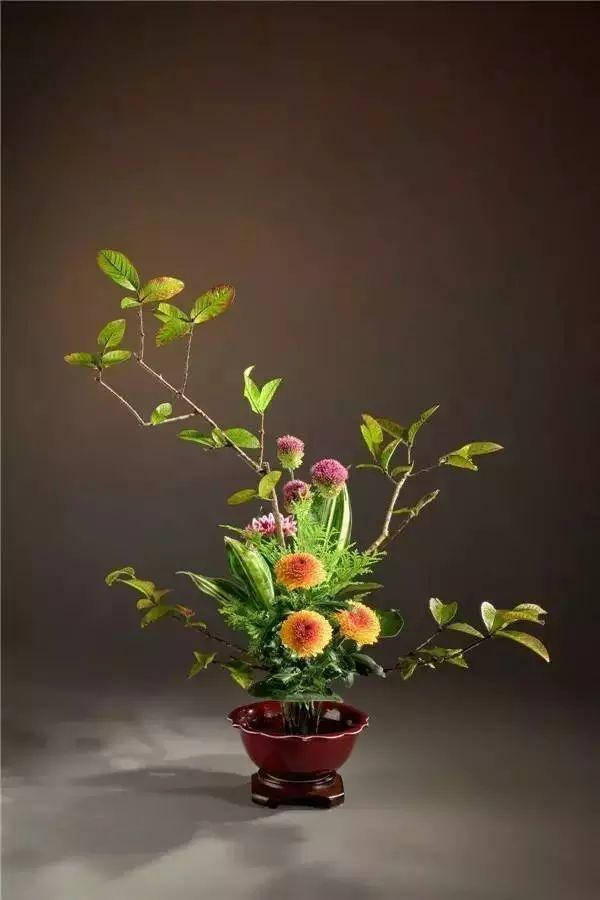
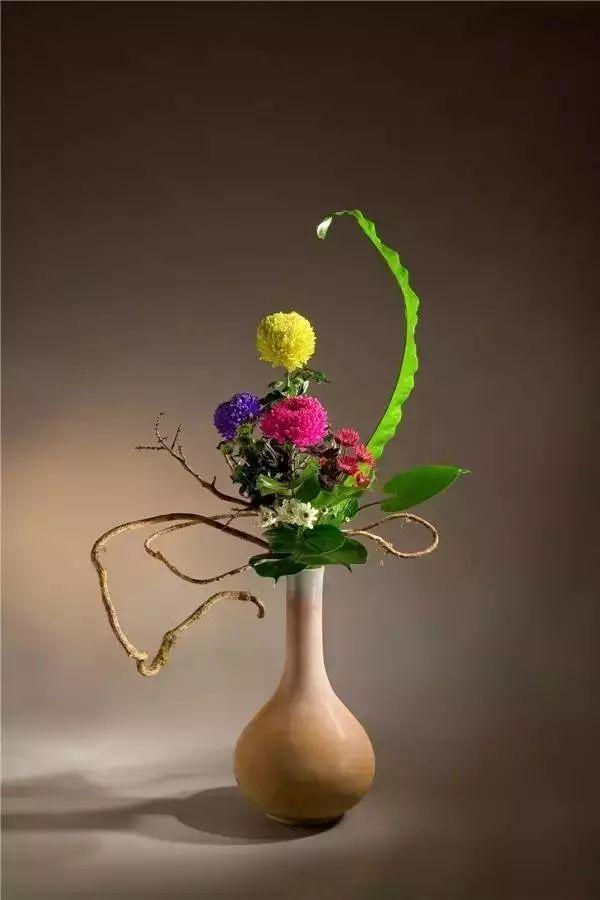
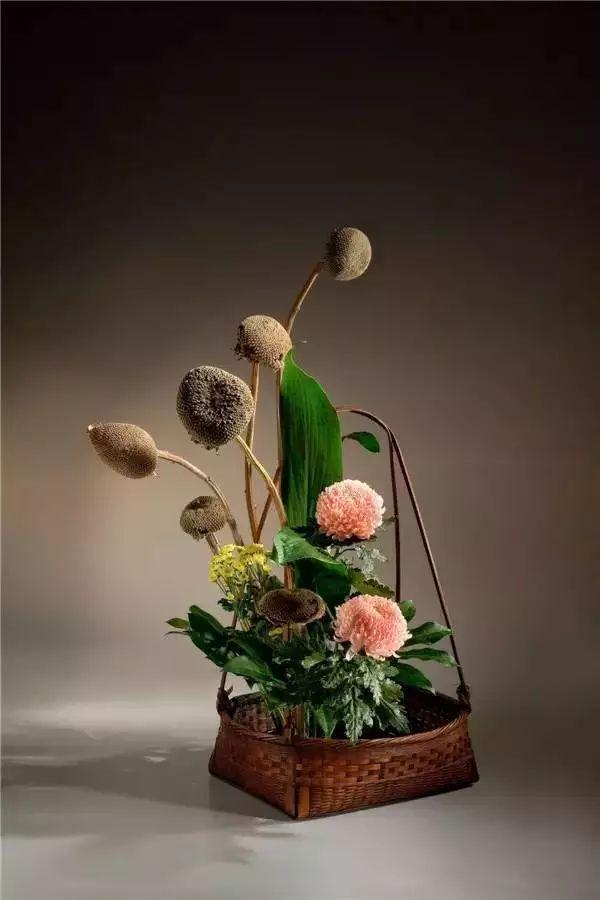
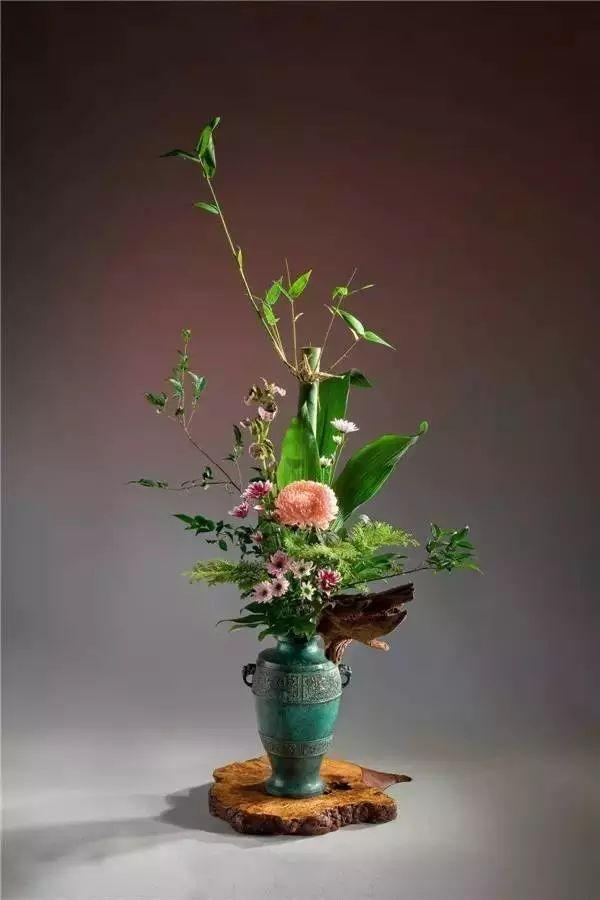
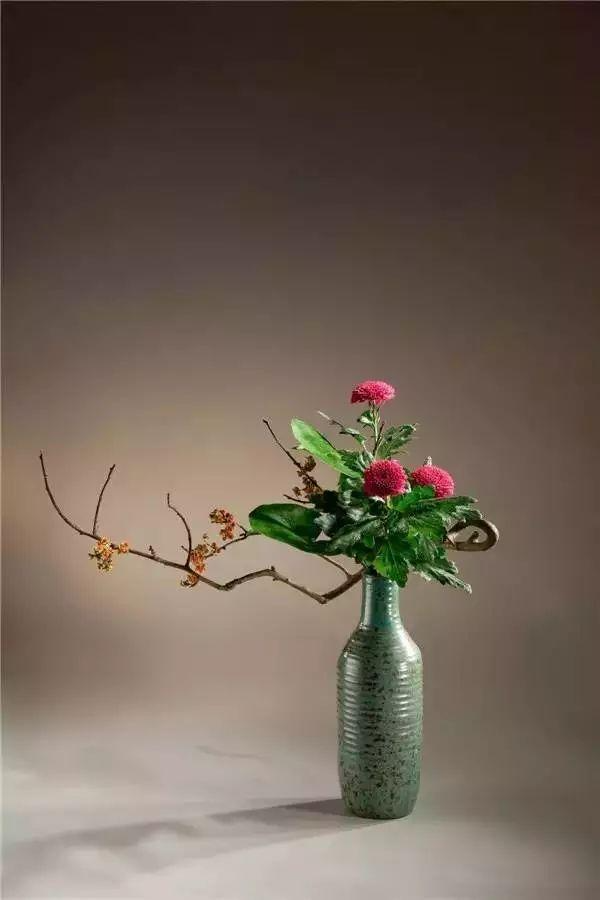
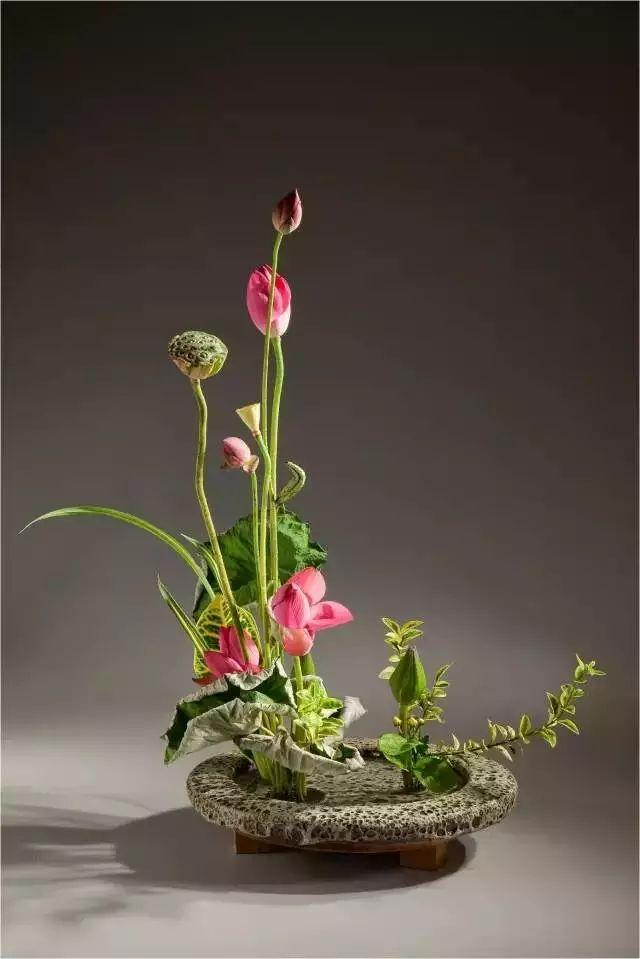
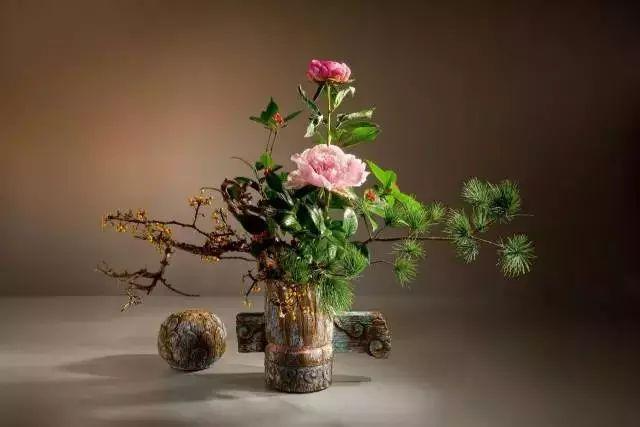
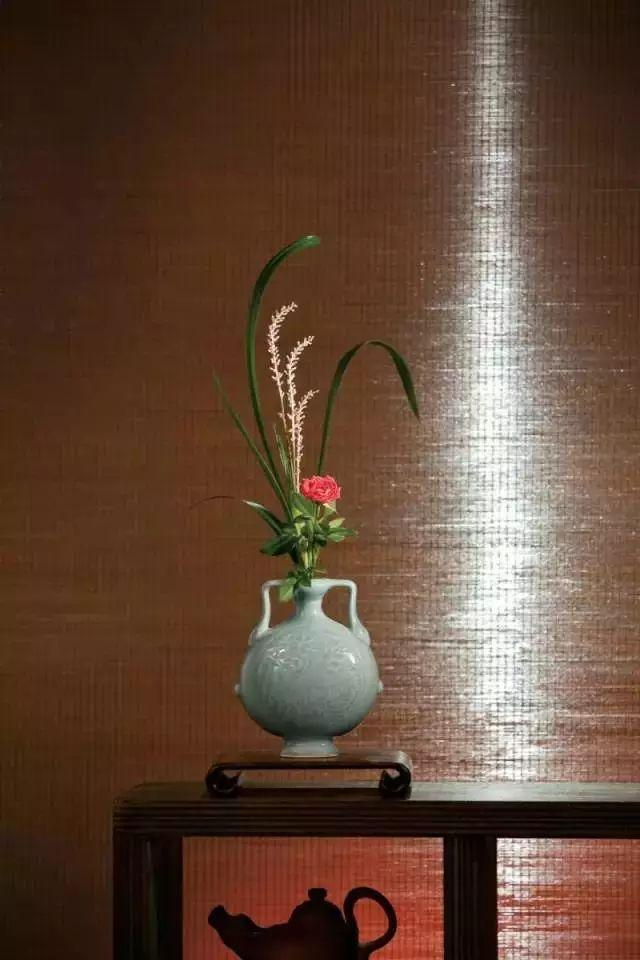
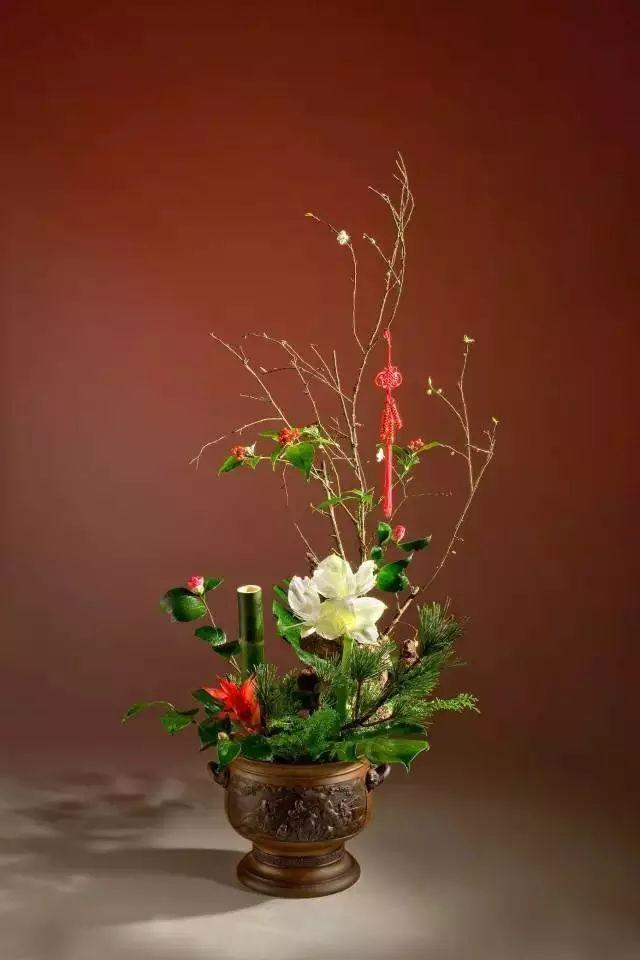
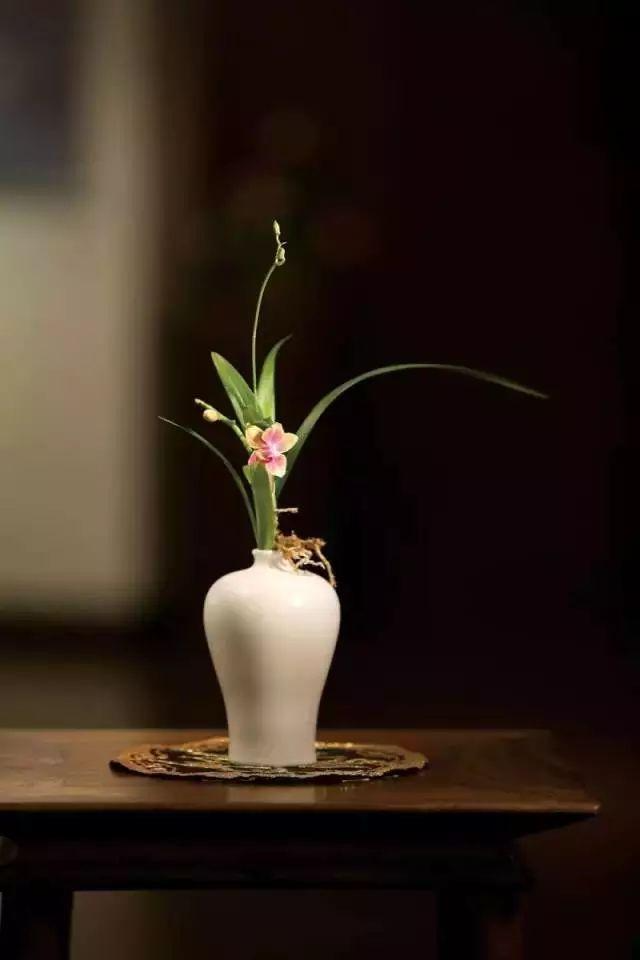
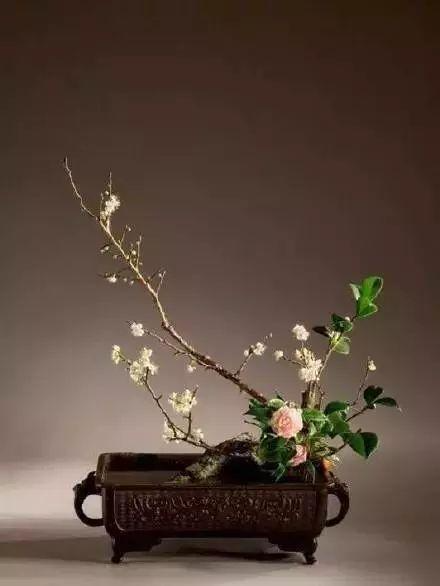
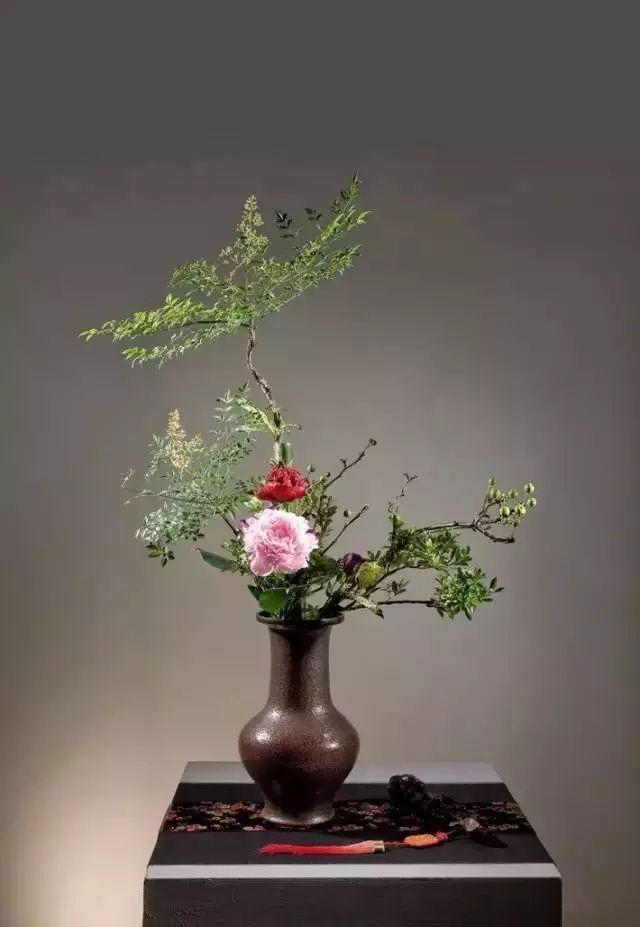
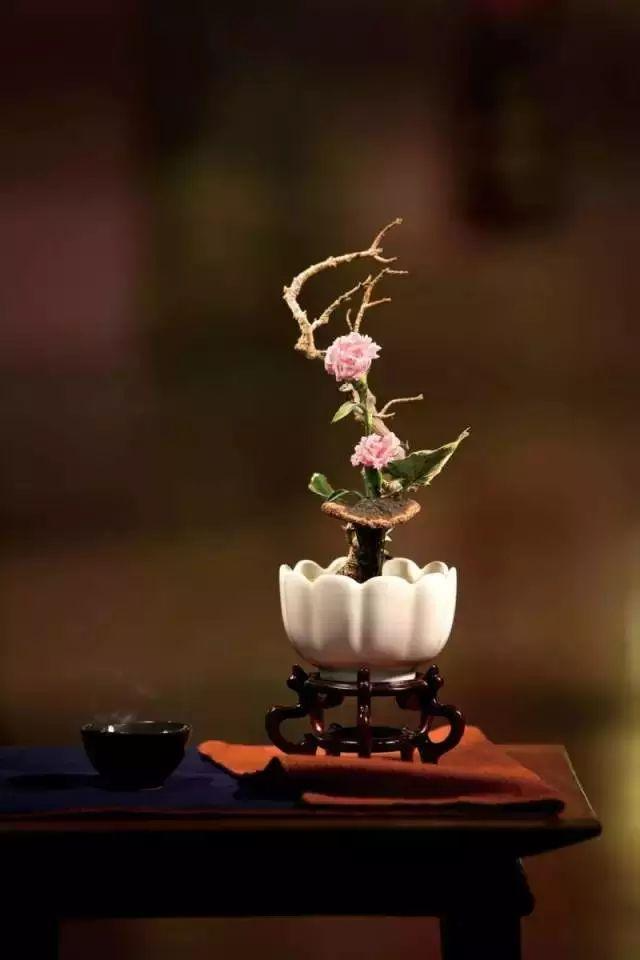
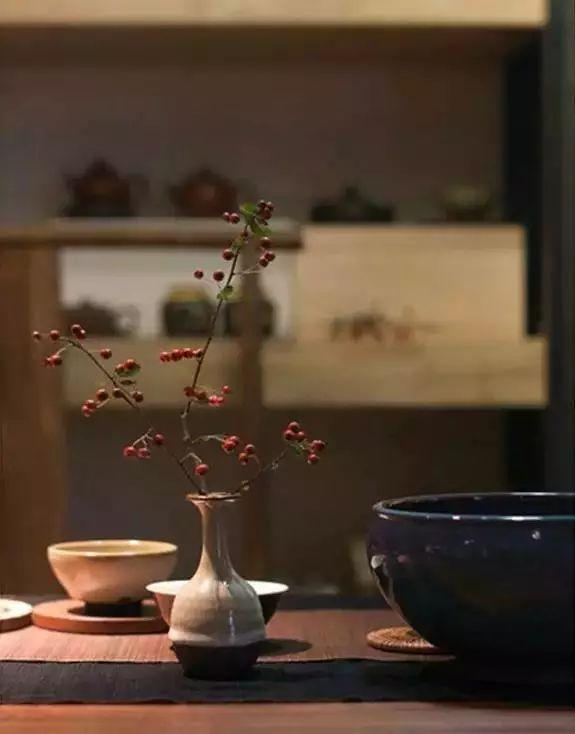
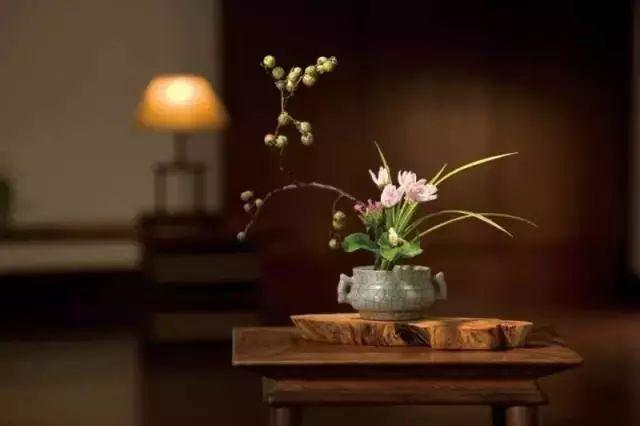
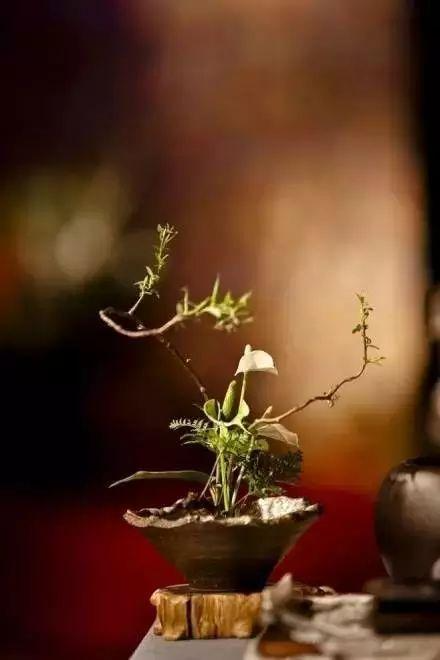
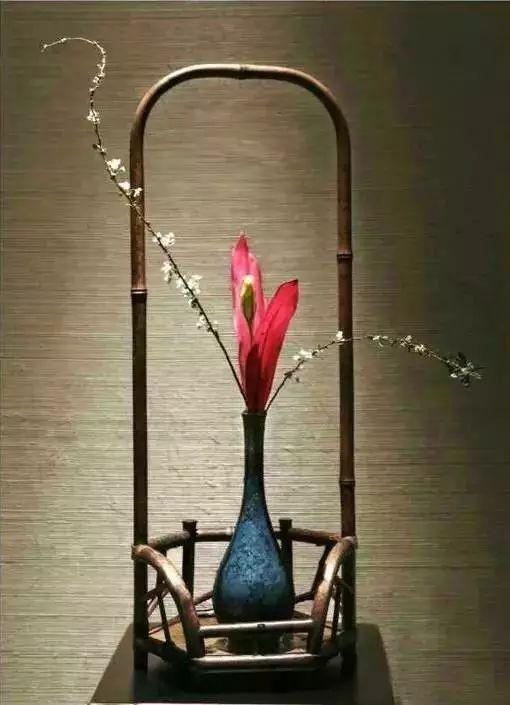
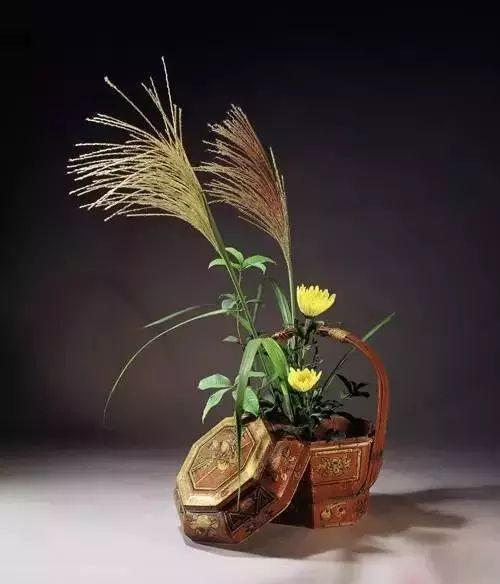
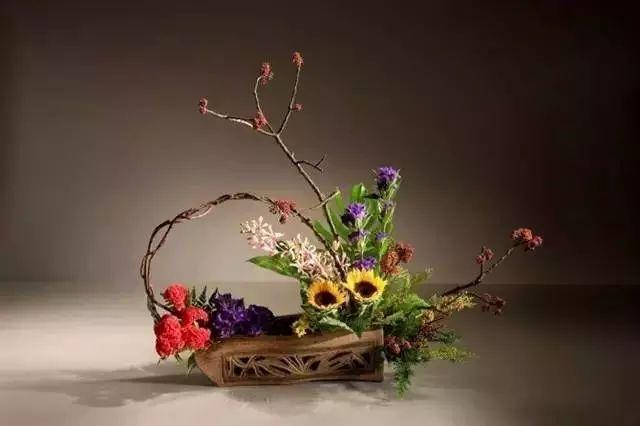
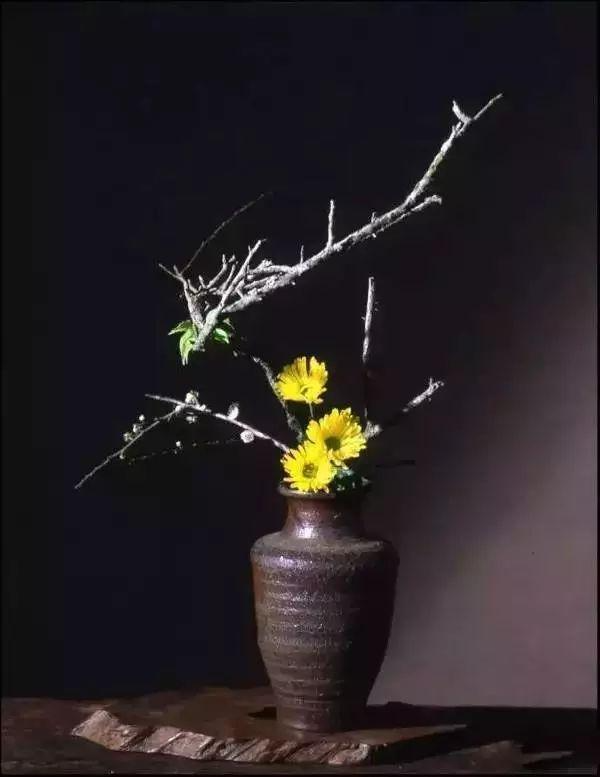
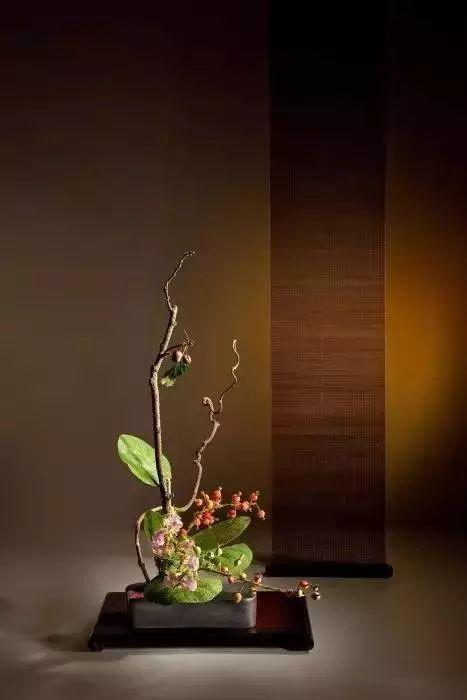
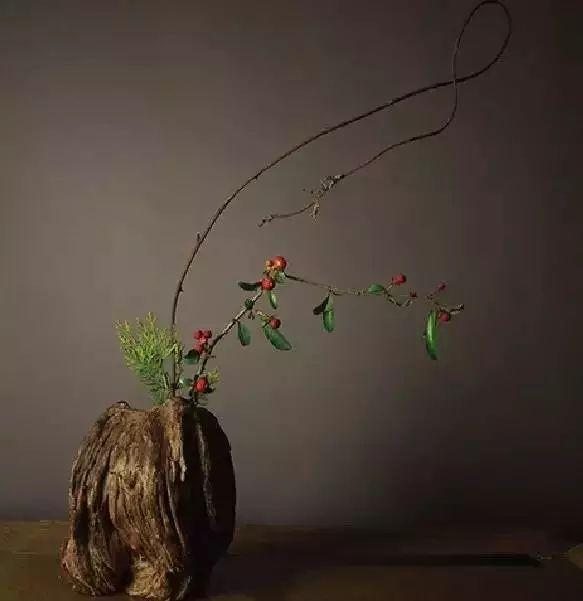
Source: Internet
"Ikebana" is the traditional Japanese art of flower arrangement, which is the art of shaping "living plant flowers". Ikebana originated in the late Eastern Han Dynasty, and was introduced through Buddhism. Flower arrangement became one of the offerings in Buddhist activities. After it was introduced to Japan, its time, geography, and national conditions made it develop to its current scale, and various schools have emerged one after another.
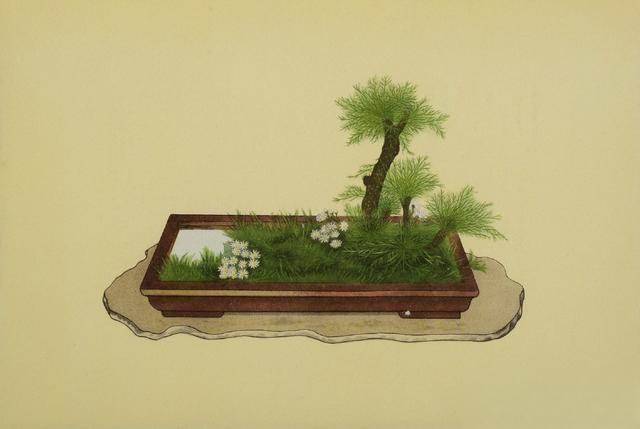
"Ohara-ryu" is one of the important schools of Japanese flower arrangement. It was founded by Ohara Unshin in the late 19th century, hence the name Ohara-ryu.
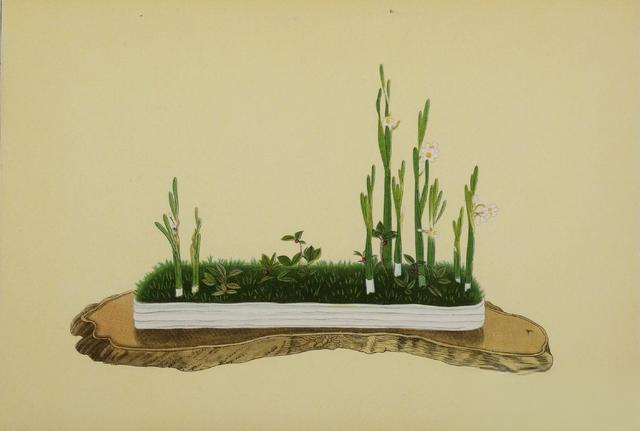
Ohara Yunxin created a new style of flower arrangement with the concept of "blooming flowers".
The reason why it is called a flourishing flower is that when arranging flowers, it is like placing or piling the flowers in a vase, and these vases are generally wide and shallow.
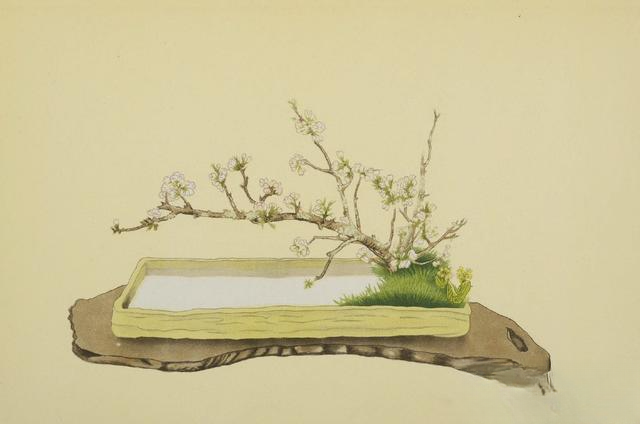
Compared to the "classical flower" of Ikebana-ryu, Ohara-ryu belongs to "free flower". The form of the flower arrangement is to place a rockery in a wide-mouthed plate, showing the flowers in a prosperous style. Compared with the linear expression of the previous classical flower arrangement, the style of Ohara-ryu is more active and diverse in expression. Ohara Unshin advocates "naturalism", and is characterized by reproducing the beauty of nature and showing the properties of plants. It has a sense of the times and a fresh style. Ohara Unshin's son Ohara Mitsuyun changed the one-on-one teaching method of his predecessors. He adopted the method of collective recruitment and collective teaching, which had an epoch-making impact.
Please enjoy the Shenghua art painted by a Japanese painter in 1935 below.

